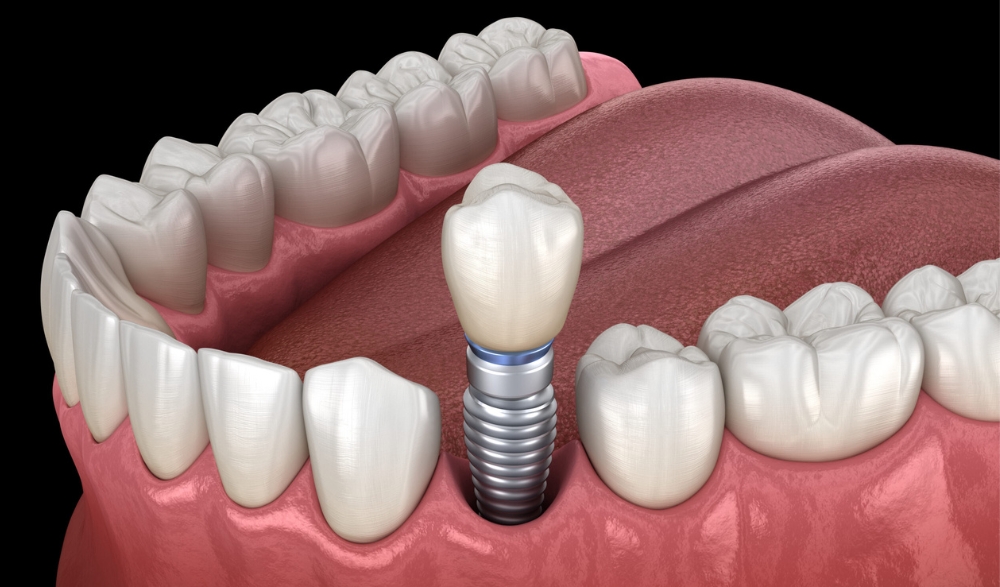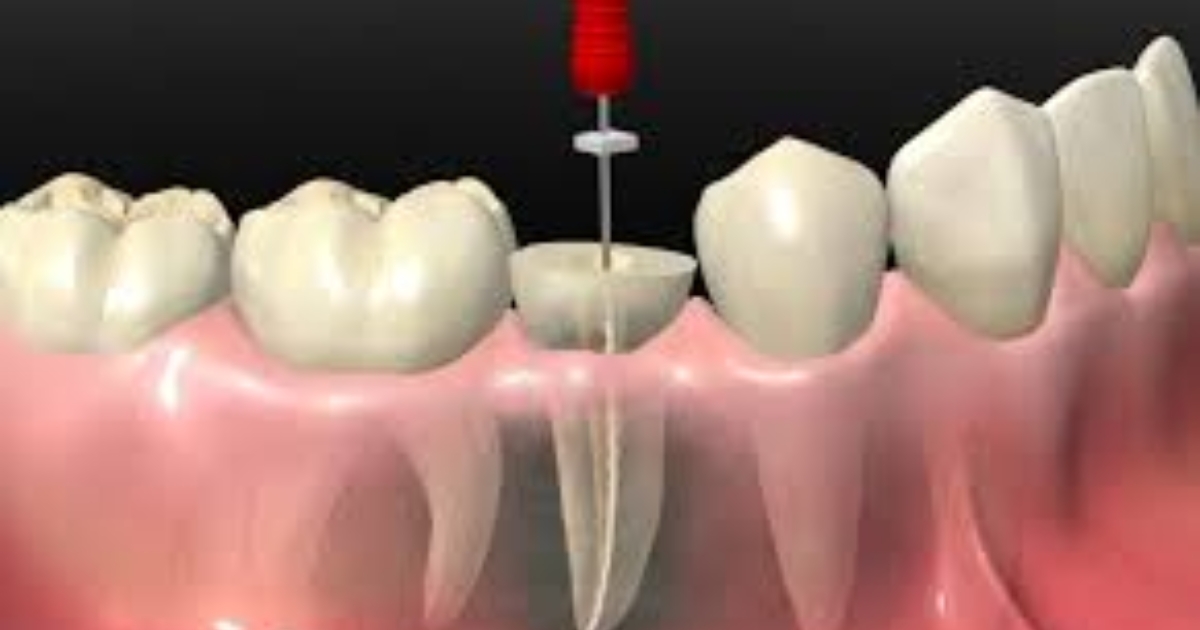Call Us Today 817-737-7668

Root canal treatments have been a vital part of dental care for many years, designed to save infected teeth and relieve pain. Traditionally, these procedures involved drilling and lengthy recovery periods.
However, innovations in non-surgical root canal medicaments are revolutionizing the field in 2024. These advancements aim to enhance patient comfort, improve treatment efficiency, and offer better long-term outcomes.
This blog will explore the latest breakthroughs in non-surgical root canal treatments, highlighting how they can transform dental care.
What Are Non-Surgical Root Canal Treatments?
Non-surgical root canal treatments in Burleson focus on addressing tooth infections without resorting to invasive procedures. These approaches aim to clean and seal the root canal system effectively while minimizing discomfort and recovery time.
Definition and Explanation
Non-surgical root canal medicaments involve cleaning out infected tissue from inside the tooth’s root canals, disinfecting the area, and then filling and sealing it. This method avoids the need for external surgery by accessing the root canal through a small opening made in the tooth’s crown.
Techniques such as advanced imaging, laser technology, and improved irrigation methods are commonly used to enhance the effectiveness of these treatments.
Comparison to Traditional Surgical Methods
Traditional root canal treatments often involve extensive drilling and physical intervention, which can lead to greater discomfort and longer recovery periods. Non-surgical approaches, on the other hand, use modern technology to reduce invasiveness and improve precision.
For example, laser technology can disinfect root canals more thoroughly than traditional methods, while advanced imaging provides a clearer view of the tooth’s structure, reducing the need for multiple procedures. Overall, non-surgical methods offer a more comfortable, efficient alternative to traditional surgery.
Innovations in Non-Surgical Root Canal Treatments
The field of non-surgical root canal treatments has seen remarkable advancements in recent years. These innovations aim to make procedures more efficient, less invasive, and more effective.
Here is a look at some of the key innovations shaping the future of these treatments in 2024:
Advanced Imaging Techniques
One of the most significant advancements in these treatments is the use of Cone Beam CT (CBCT) technology. CBCT provides three-dimensional images of the tooth and surrounding structures, offering a detailed view of the root canal system. This enhanced visualization is crucial for accurate diagnosis and treatment planning.
Traditional X-rays, while useful, offer only two-dimensional views, which can sometimes obscure critical details such as the presence of extra canals or complex root structures. CBCT overcomes these limitations by providing a comprehensive 3D map of the tooth’s anatomy. This detailed imagery allows an endodontist in Burleson to identify and address issues that might be missed with conventional imaging methods.
The benefits of improved imaging are substantial. CBCT helps in precisely locating the root canals, assessing the extent of infection, and planning the most effective treatment approach. This leads to a more targeted and efficient procedure, reducing the need for multiple visits and improving overall treatment outcomes.
Laser Technology
Laser technology has introduced a new dimension to non-surgical root canal treatments. Treatments with laser assistance use focused light beams to perform various functions within the root canal system. Lasers are particularly effective at enhancing the cleaning and disinfection process.
The use of lasers allows for precise removal of infected tissue and debris from the root canals. Lasers can penetrate and disinfect areas that are difficult to reach with traditional instruments. This improves the thoroughness of cleaning and reduces the risk of reinfection.
One of the major advantages of laser technology is its ability to minimize discomfort and post-procedural pain. The precision of lasers reduces the need for extensive drilling and physical manipulation of the tooth, leading to a more comfortable experience for the patient.
Additionally, the reduced need for traditional hand files and drills can result in a faster procedure and quicker recovery times.
New Irrigation Solutions
Advancements in irrigation solutions and devices have also revolutionized non-surgical root canal treatments. Modern irrigation techniques use specialized devices to deliver cleaning solutions more effectively throughout the root canal system. These solutions are designed to remove bacteria, debris, and any remaining infected tissue.
The latest developments in irrigation technology include automated irrigation systems that ensure a consistent and thorough application of disinfecting solutions. These systems use ultrasonic or sonic waves to agitate the irrigation fluid, enhancing its ability to reach and clean all areas of the root canal.
Improved irrigation methods help in achieving a higher level of disinfection, which is critical for the success of root canal treatment. By ensuring that all parts of the root canal are thoroughly cleaned, these innovations reduce the likelihood of treatment failure and the need for retreatment.
Bioactive Materials
Bioactive materials are an exciting development in these treatments. These materials are designed to interact with the biological tissues in and around the tooth to promote repair and regeneration.
One notable example is the use of bioceramic materials. These materials are known for their excellent sealing properties and biocompatibility. They help in forming a durable seal within the root canal and stimulate the natural healing processes of the tooth.
Bioactive materials also enhance the strength and longevity of the treated tooth. By supporting the repair of the tooth structure and promoting natural healing, these materials contribute to better long-term outcomes and a higher success rate for root canal treatments.
Robotic Assistance
Robotic assistance is emerging as a game-changer in these treatments. These robotic systems are designed to enhance precision and efficiency by providing highly accurate guidance during the procedure.
They can assist in navigating the complex anatomy of the root canal system with remarkable accuracy. These systems help in locating and treating tiny, difficult-to-reach canals that might be missed using traditional methods. By reducing human error and increasing the precision of the procedure, robotic systems improve the overall success rate of the treatment.
Examples of robotic systems used in root canal treatments include the Yomi Robotic System, which offers real-time guidance and enhances the endodontist’s ability to perform precise and efficient procedures. These systems represent a significant leap forward in achieving optimal treatment outcomes.
Benefits of Non-Surgical Innovations
The innovations in non-surgical root canal treatments offer several key benefits. First, these advancements significantly reduce pain and discomfort during and after the procedure. Modern technologies and less invasive methods contribute to a more comfortable patient experience.
Second, recovery times are noticeably shorter with non-surgical treatments. Improved techniques and technologies minimize trauma to the tooth and surrounding tissues, leading to faster healing.
Third, non-surgical methods increase the success rates and longevity of root canal treatments. By providing more effective cleaning, disinfection, and sealing, these innovations reduce the likelihood of reinfection and promote better long-term outcomes.
Lastly, the overall patient experience is enhanced through these advancements. Reduced pain, shorter recovery times, and improved treatment outcomes contribute to a more positive and less stressful dental experience.
Non-surgical root canal treatments are undergoing remarkable advancements that are transforming dental care. With innovations such as advanced imaging, laser technology, new irrigation solutions, bioactive materials, and robotic assistance, patients can expect more effective, comfortable, and efficient root canal procedures.
For both patients and dental professionals, staying informed about these advancements is crucial for achieving the best possible outcomes. If you are seeking expert care, exploring these modern techniques with a professional can make a significant difference in your dental health journey.





